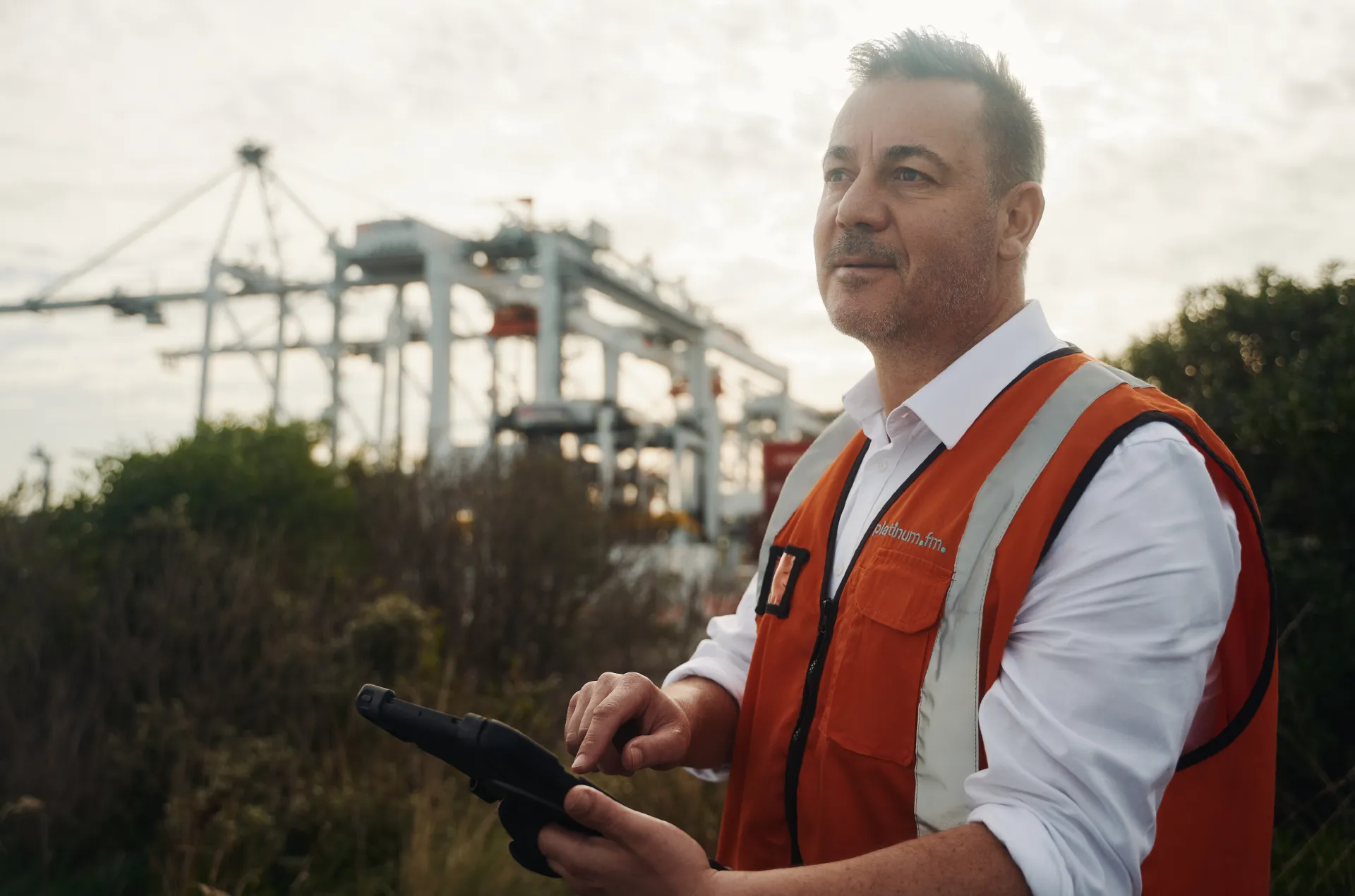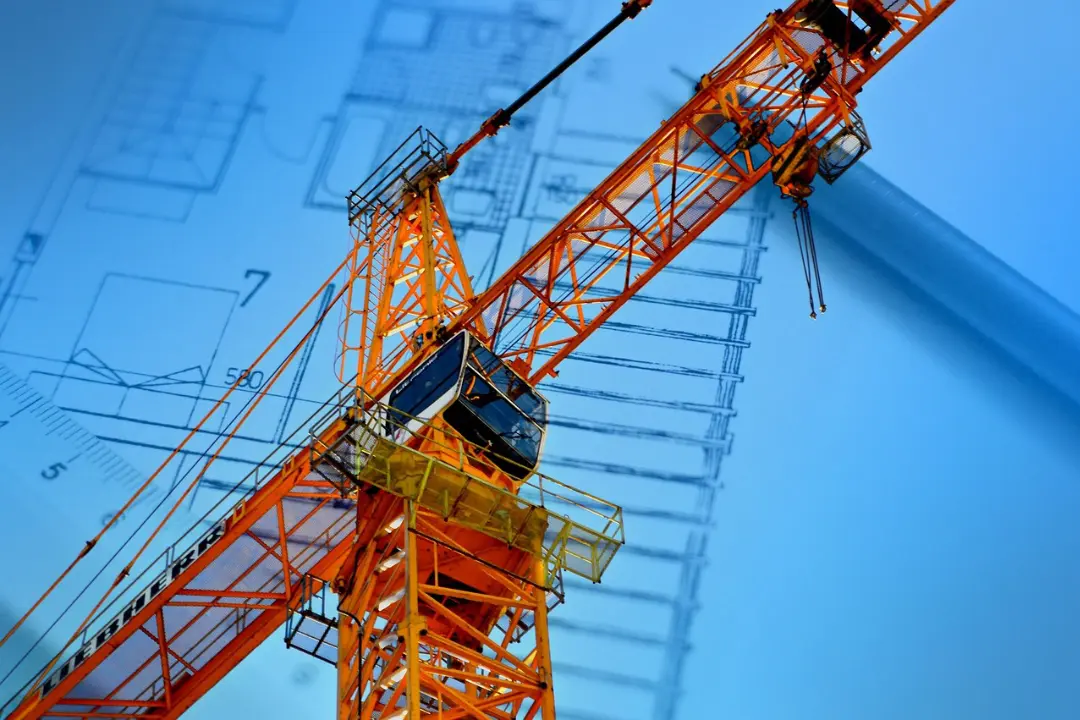
By Peter Beckman, Health, Safety, Environment and Quality Manager, Platinum FM
Workplace accidents hurt – staff wellbeing, productivity, reputation, and finances are all jeopardised when an organisation fails to develop a safety-first culture.
As Health, Safety, Environment and Quality Manager at Platinum FM, I work with a multitude of organisations throughout an array of industries to develop, introduce and maintain cohesive safety cultures across facilities management operations.
Unsurprisingly, throughout my career I’ve only ever heard organisations promote safety as their top priority. Unfortunately, that sentiment doesn’t always carry through to the shop floor. And too often we see a ‘tick and flick’ mentality.
Safety vs productivity: a false narrative
That’s because safety directives often seem to run at cross purposes to day-to-day efficiency, cost and hierarchical considerations.
Taking the time to conduct a rigorous safety assessment ahead of urgent operational priorities may seem laborious and counterintuitive in the heat of the moment, amid pressured demands from the production manager. However, when we take a broader view, it’s clear that safety and long-term productivity are intrinsically linked.
When accidents happen; costs increase, output drops, and of course most concerningly, lives and staff wellbeing are put at risk.
Nationally, employer overheads from workers’ compensation claims and the costs incurred from hiring and training new staff were estimated at an average of $4.5 billion per year in the Safe Work Australia 2022 report.
What is safety-first culture?
Developing a strong safety-first culture is critical to the long-term health of an organisation and its employees.
While top-down safety policies and regulations are important, safety cultures, as the name suggests, permeate far deeper.
They shape people’s values, attitudes, beliefs and behaviours and mean safety considerations are not seen as an addition to the job, but intertwined with core business, management and employee objectives.
A supreme example of this, but one that definitely illustrates the point, is the story of U.S. family-owned company, DuPont, which in the early 1800’s produced gun powder. Determined that he and his family would share any risk with employees, founder, Eleuthère Irénée du Pont built his house in the blast zone of the production buildings.
Over the decades, DuPont evolved safety practices, such as machinery design, injury compensation and safety-first culture. In 1927, on the company’s 125th anniversary, DuPont was able to reflect that safety claimed the same status as other operational priorities, such as quality, productivity, and profitability.
Cultivating safety-first cultures
Fortunately, I’ve never had to resort to drastic relocation measures to achieve it, but at the end of the day, it’s about ensuring everyone working within an organisation feels personally invested in the safety mission.

So, let’s look at some key principles in developing a safety-first culture.
Safety-first cultures are cohesive, ingrained and intuitive: Safety systems should be embedded in the operational flow. Anything which is perceived as slowing down or complicating task execution is often difficult to have adopted.
Safety-first cultures are tied to outcomes: A well-run job or process is a safe process. Safety is the outcome of planning, equipment choice, training and execution: in that sense safety improves efficiency.
Safety-first cultures traverse hierarchies: There needs to be an understanding that everyone participates in safety assessments. Strong process is helpful as it embeds safe steps (good practice) rather than requiring a junior person to initiate a discussion, which may be challenging where there is actual or perceived hierarchy. It also encourages a review when circumstances change.
Safety-first cultures are clear and tangible: Demonstration and participation work well. The closer to your own situation, the greater the realisation that the risk is real. Incidents create change in attitude and practices.
Safety-first cultures encourage ongoing review and learning: A favourite question is to ask a worker “what would you do differently next time?”. The power of this question is that the worker/operator has the chance to initiate positive change rather than being told to adopt the opinion of someone else.
Facility management safety
Facility managers play a crucial role in risk management and ensuring the safety of the workplace, which ultimately supports the overall success of an organisation.
Bringing in dedicated facilities management providers to oversee the operation makes sense.

At Platinum FM we work with our partner organisations to develop a safety culture that permeates across the entire operation’s facilities management activities, no matter how complex. That flows on to the contractors we choose to engage – from initial selection, guidance and ongoing influencing – to ensure they build upon an organisation’s safety culture.
It is vital organisations move from viewing safety as a set of regulations and compliance activities, and instead develop a safety-first culture that grows organically through all facets of the business.
Thus, protecting the organisation’s most valuable asset – its people.

Latest News
4 November, 2022
Platinum FM signs on to support Vision Australia
20 January, 2020